GitHub: github.com/trypsynth/libchm
crates.io: crates.io/crates/libchm
docs.rs: docs.rs/crate/libchm/latest
Not sure if this will be of use to anyone but me, but I needed it for Paperback.
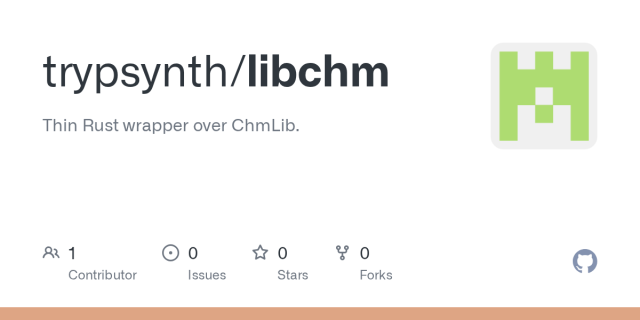
GitHub - trypsynth/libchm: Thin Rust wrapper over ChmLib.
Thin Rust wrapper over ChmLib. Contribute to trypsynth/libchm development by creating an account on GitHub.GitHub
Peter Vágner likes this.
reshared this
I never thought about this before for some reason, but babies dream in the womb. They have REM sleep, so presumably have dreams based on their limited experience.
What was my first ever dream like? If I could experience it now would it be the most peaceful experience, or possibly terrifying to a grown adult?
Petite annonce sympa : J'ai été invité à participer aux Rencontres Hivernales du Libre qui se dérouleront fin janvier à Saint-Cergue, en Suisse.
J'y donnerai une conférence de 1h à propos de XMPP, dont voici le titre et la description :
« XMPP ou comment ne pas réinventer la roue : Messagerie fédérée et sécurisée en 2026 »
-----
« Oh non ! La messagerie instantanée que j'utilise vient de se faire racheter par un Venture Capital… C'est la 3eme en 5 ans ! »
Et si au lieu de sauter de produit en produit tous les 2 ans, on utilisait plutôt un protocole fiable, standardisé, qui fonctionne depuis 25 ans et qui fonctionnera encore pendant les 25 prochains sans pouvoir se faire racheter ?
Cette conférence a pour but de présenter XMPP et plus particulièrement ses évolutions ces 5 dernières années : Clients modernes, chiffrement de bout en bout, salons de discussion mais aussi les collectifs et communautés qui le font exister. Venez découvrir la messagerie instantanée que vous n'aurez pas besoin de quitter d'ici 5 ans !
-----
D'ailleurs, si vous connaissez ou avez entendu parler de XMPP, je vous invite à lire le post juste sous celui-ci ↓
Si tu as déjà entendu parler de XMPP ou si tu as déjà utilisé XMPP, je serai intéressé d'avoir un petit retour sur ton expérience.
Si tu en a déjà entendu parler mais jamais essayé :
- Qu'est-ce que tu as entendu à propos de XMPP ?
- Est-ce que ça t'as donné envie d'essayer ou non ?
- Qu'est-ce qui te fait penser que ça serait fait pour toi ou au contraire pas du tout ?
Si tu as déjà essayé :
- Quelle a été ton expérience ?
- En quelle année était ton dernier essai ?
- Tu as testé quels clients ?
#XMPP
Ježíšek? V podstatě nuda. V Katalánsku mají "kakací poleno" (Tio de Nadal).
Domů se poleno přinese po 8. prosinci (den Neposkvrněného početí Panny Marie), nazdobí se a přikryje se dekou. Do Vánoc musí děti poleno „krmit“ zbytky jídla a ovocem, aby si tak zajistily dostatečný přísun dárků. Na Štědrý večer nebo Boží Hod pak do polena tlučou klacky a zpívají speciální písně „cagatío“, které mají donutit Tía vykálet dárky pod deku (kam je podstrčí rodiče).
Dárky jsou obecně menší věci, např. sladkosti (turrón), ořechy, sušené fíky a drobnější dárky. Větší a hodnotnější dárky jsou, tak jako v celém Španělsku, přinášeny až 6. ledna Třemi králi.
#Spotted on Market Day in Aotearoa New Zealand:
A tiny human (2?) is hugging Dad around the neck.
But wait!
He's not a tiny human!
He's a BIG SHARK!
And he's gonna eat Dad's face!
Making mighty munching "UM UM UM" noises as laughter bubbles up from Dad's tummy.
A woman (40s?) is standing by her open car door. Groceries loosely placed on her back seat.
A tray of fresh strawberries in her hand.
She's got to get her market veges home but first...
maybe she should eat some of these strawberries.
A small smile as she tries her first one.
A teen (13?) has been given the task of carrying a bunch of asparagus while Mum chooses tomatoes.
But wait.
This is not asparagus!
It's a microphone for broadcasting all of Mum's movements and motivations!
Wearing a devilishly cheeky smile.
Ducking Mum's swat with a laugh and a yelp.
A man (50s?) in a faded band T-shirt, paint-flecked shorts and boots is quickly striding through the markets while wearing a determined expression.
He's got multiple packets of bratwurst sausages in his arms.
He's got places to go and things to do.
And they most likely involve barbeque.
A woman (18?), the spitting image of a young Joni Mitchell is inspecting a cherry stall.
Long blonde hair, a white crochet top, flair jeans and bare feet.
She picks up a bag of cherries and looks at it thoughtfully before turning to grin at a nearby busker who grins back.
(Continued below)
RE: mastodon.social/@Tutanota/1157…
I am 100% likely to recommend @Tutanota as a Gmail replacement. VERY happy with the service. If you're ready to #deGoogle #unGoogle or say #ByeGoogle, this is an excellent and impactful place to start.
Advertising that speaks volumes by anonymous artist network, Brandalism. 👏🏼
Check out the other advertising sites that were hacked in London: huckmag.com/article/london-adv…
100 London advertising sites hacked to protest mass consumerism
Tax wealth — Created by anonymous artist network Brandalism, the action comes ahead of Black Friday, when UK shoppers are expected to spend £6.5 billion as brands run discounted sales of their products.TCO London Publishing
great
last chance to get upto 5 btc > register now brewbakers.ca/recommends/jackb…
Jackbit | Crypto Casino & Sportsbook
Jackbit.com – Top Crypto Casino & Sportsbook. Play with Bitcoin, Ethereum, Ripple, Litecoin, USDT, BNB, DASH, Dogecoin, Monero, Tron, USDC, Solana, BUSD, etc. Instant withdrawals and deposits.www.brewbakers.ca
On this day, two years ago, we published the first chatmail relay, delta.chat/en/2023-12-13-chatm… along with templates to replicate the setup, without needing any permission. Two weeks ago we thought there are 60 relays when a hacker handed in a 100+ list 😂
A bunch of knowledgeable folks are now maintaining track of health of the evolving global network, and supporting new operators. 💜💥🖤
thx also for all the support here on the fediverse! its been a wild year and #39c3 is in 13 days to top it off 😅

Delta Chat: Chatmail - replicable, fast and secure chatting infrastructure for all
Today, we are unveiling chatmail services, making onboarding with Delta Chat a breeze, with peace of mind: Convenience: Get a chatmail address in a few seconds Privacy: No questions asked, no name,...delta.chat
Cleverson reshared this.
Account Suspension Notice:
Dear TheTechnologicalGenius,
We're getting in touch to let you know that your Ramblio account has been temporarily suspended.
Based on activity on your account (for example, things said in audio posts or reports from other users), it appears that this account may belong to someone under the age of 18. We don't store your date of birth or age directly, so this decision is based on behaviour, content and/or reports.
Ramblio is an audio-first social platform designed for adults. People can share unfiltered conversations and discussions that may include strong language and other mature themes. To keep younger users safe and to meet our legal and policy obligations, accounts for people under 18 aren't allowed.
If we have got this wrong, we're genuinely sorry for the inconvenience. You can contact our support team at support@techcake.co.uk and provide any relevant information that shows you are 18 or over so we can review this decision and, if appropriate, restore access to your account.
We understand this may be disappointing, and we really appreciate your understanding while we work to keep the community safe.
Kind regards,
The Ramblio Team.
This message was sent to **************@outlook.com regarding your Ramblio account. If you believe this message was sent in error, please reach out to our support team.
ok, nice! So if my main server explodes before I switched, I would have to send all of my contacts a message from the other server to make sure they can contact me?
And secondary question: When will the Flatpack Desktop Version be updated with this feature?
@Delta Chat Is it okay to add more relays and keep using the original one as the primary?
Once the primary goes down or has a temporary hiccups, can I continue the conversation and replies will be addressed to the backup relay?
I am trying to figure out if adding another relay to my account profile is enough or if I should do something else to make my chats more proof to single relay failures.
CC @leberschnitzel
#metalvsukni den 27 - Básnířka Chaosu a Revoluce: Otep Shamaya
Otep Shamaya není jen zpěvačka, je to živelná pohroma a jedna z nejprovokativnějších postav amerického nu-metalu.
1 zo 4 lekárov v USA považuje kryonické uchovanie za trochu alebo veľmi pravdepodobné pre budúce oživenie
Nová štúdia ukazuje, že podstatná časť lekárov v USA verí kryonike, cíti sa komfortne ak si ju ich pacient vyberie a dokonca podporuje legálnosť procedúr, ktoré ju vylepšia.
Celá štúdia, ešte pred revíziou od kolegov a pred tlačou, je dostupná zadarmo 👇
medrxiv.org/content/10.64898/2…
Aký je váš názor na kryoniku? Ak by peniaze neboli problém, dali by ste sa vitrifikovať ("zmraziť") pre oživenie v budúcnosti?
Physician estimates of the feasibility of preserving the dying for future revival
Importance Terminally ill patients sometimes inquire about preservation procedures (e.g. cryopreservation, aldehyde-based fixation) as end-of-life treatment options, yet physician perspectives on feasibility and ethical acceptability remain uncharact…medRxiv
Gut beobachtet. Allerdings nur ein ganz kleiner exemplarischer Ausschnitt des Gesamtbildes der Entwicklung.
Man wäre gut beraten, auf allen Ebenen der Politik auf die Ränder zu schauen. Sie sind mitunter die Vorboten dessen, was sich Jahre später in den Zentren zeigt:
otz.de/lokales/saalfeld-rudols…
#Osten #Politik #Strukturentwicklung #fehlendeBildungsangebote #Abwanderung #ÖPNV #Kultur uvm.

Ausschnitte der Wirklichkeit - eine Kolumne aus Saalfeld-Rudolstadt
Ein blauer Trabant 500, besetzt mit zwei Uniformierten, pendelte zum Jahrestag der Grenzöffnung zwischen Grenze und Kulturhaus in Lehesten. Nostalgie ersetzt Geschichte.Thomas Spanier (Ostthüringer Zeitung)
"Wir können uns Menschenwürde nicht mehr leisten!"
"Wir können uns Menschenrechte nicht mehr leisten!"
"Wir können uns Behinderte nicht mehr leisten!"
"Wir können uns arme Menschen nicht mehr leisten!"
"Wir können uns die Grundrechte nicht mehr leisten!"
"Wir können uns kostenlose Schulbildung nicht mehr leisten!"
"Wir können uns Minderheitenrechte nicht mehr leisten!"
"Wir können uns die Existenz von queeren Menschen nicht mehr leisten!"
"Wir können uns Arbeitnehmer*innenrechte nicht mehr leisten!"
"Wir können uns Datenschutz nicht mehr leisten!"
"Wir können uns kostenlose medizinische Versorgung nicht mehr leisten!"
(...)
Der Faschismus verbrämt seinen Hass gegen alles, was ihm gegen den Strich geht, gerne mit fehlendem Geld und angeblichen "Notwendigkeiten".
technomorous.eu/post/202000539…
Samozřejmě to pořád beru jako experiment a nehledím na nějakou dlouhodobou udržitelnost. Tam si myslím, že by mě to doběhlo. Tohle si troufnu poskytovat jen u něčeho, co jsem dal dohromady svými znalostmi a kde u všeho vím (nebo si aspoň po nějakém přemýšlení dokážu vzpomenou), proč to tam je a jak to funguje.
A pak si fakt myslím, že zkušení vývojáři tam opravdu nebudou mít nějaký nárůst výkonnosti. Oni dokážou programovat tak rychle, že ten vibecoding s dodatečným velkým debugováním je pro ně ve výsledku pomalejší a s horším výsledkem. Já jsem nikdy nebyl denní programátor, znovu a znovu se do toho jazyka musím dostávat a proto píšu pomalu, pro mě tam nárůst rychlosti je velký, ale zároveň jsem si vědom všech těch negativ, takže k tomu mám pořád spíš rezervovaný přístup.
I try not to involve myself with politics, but I just can't say something to this.
Seems I will not be visiting the USA any time soon if this revision to the ESTA system or Form I-94 is actually inacted.
This is the information they will be asking for, if this comes to pass. In particular point I is the most scary:
a. Telephone numbers used in the last five years;
b. Email addresses used in the last ten years;
c. IP addresses and metadata from electronically submitted photos;
d. Family member names (parents, spouse, siblings, children);
e. Family number telephone numbers used in the last five years;
f. Family member dates of birth;
g. Family member places of birth;
h. Family member residencies;
i. Biometrics—face, fingerprint, DNA, and iris;
j. Business telephone numbers used in the last five years;
k. Business email addresses used in the last ten years.
source: federalregister.gov/documents/…
Still using nvi on Slackware.
No plugins. No syntax highlighting. Just speed, predictability, and classic vi behavior, even with multi-GB files.
I wrote a short guide explaining why nvi still matters and how its architecture enables fast, low-memory editing.
📄 4c6e.xyz/code_notes.html (NVI Editor Guide)
📄 git.sr.ht/~r1w1s1/code-notes/b… (plain text)
#slackware #editor #nvi #vi #unix #minimalism
Code Notes
Ricardson's minimalist blog with Slackware Linux tips, coding notes, and open-source resources.4c6e.xyz
More on U.S. health insurance and HSAs:
siderea.dreamwidth.org/1890494…
"Effective with plan year 2026 all bronze level and catastrophic plans are statutorily now HDHPs and thus HSA compatible. You may get and self-fund an HSA if you have any bronze or catastrophic plan, as well as any plan of any level designated a HDHP."
Pooja Saxena's INDIA STREET LETTERING includes painted signs, wood signs, neon signs, bus signs, boat signs, food cart signs, signs in 13 different scripts and 17 languages, and signs featuring unusual romanisation of Indian names
Releasing soon! Pre-order here:
blaft.com/products/india-stree…
India Street Lettering
Currently in production! Releasing December 2025! Pre-order now! India’s cityscapes are a typography lover’s paradise.Blaft Publications
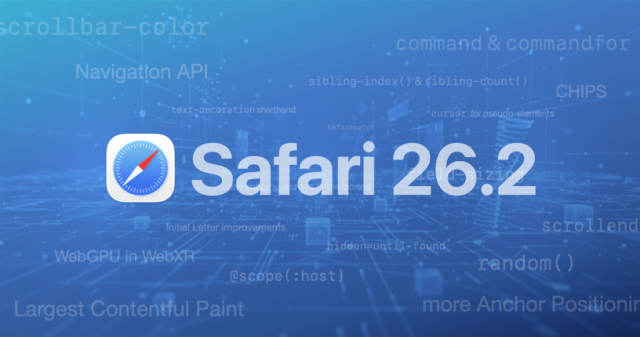
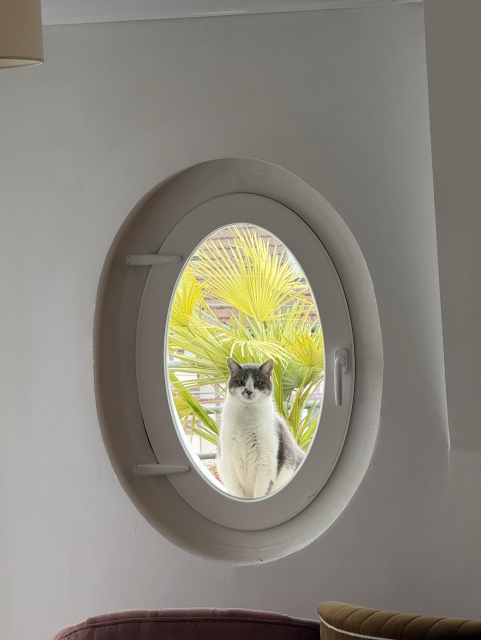

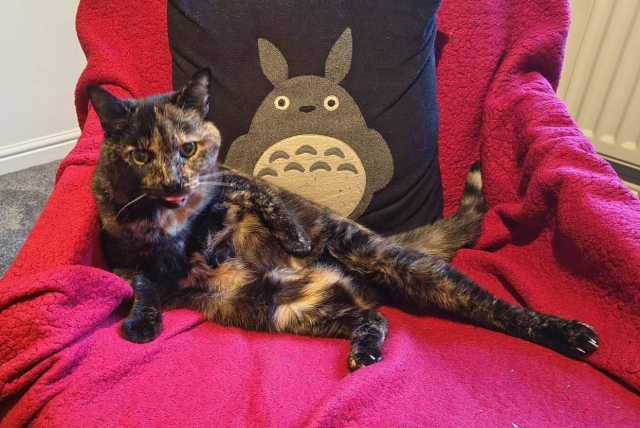


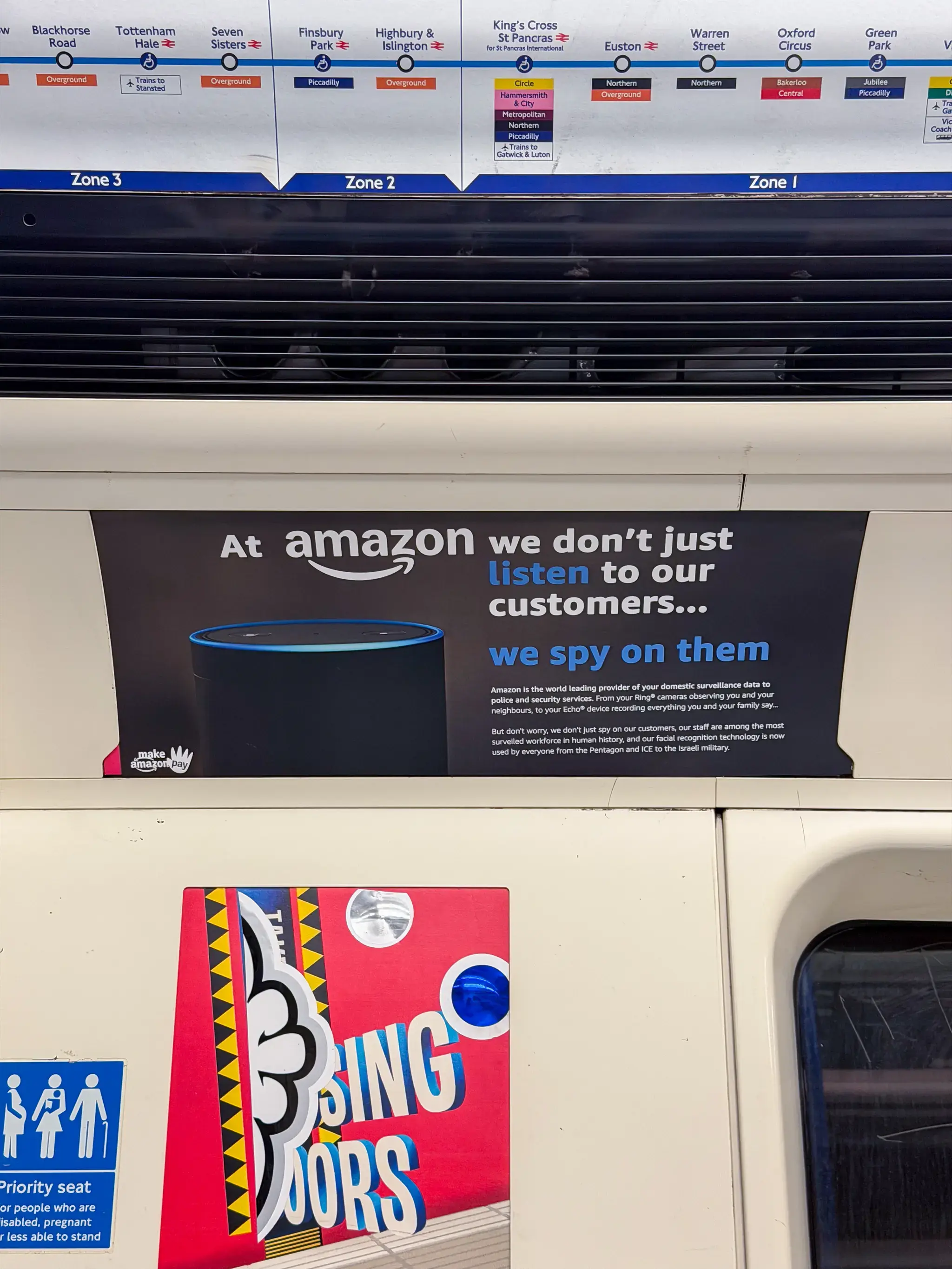



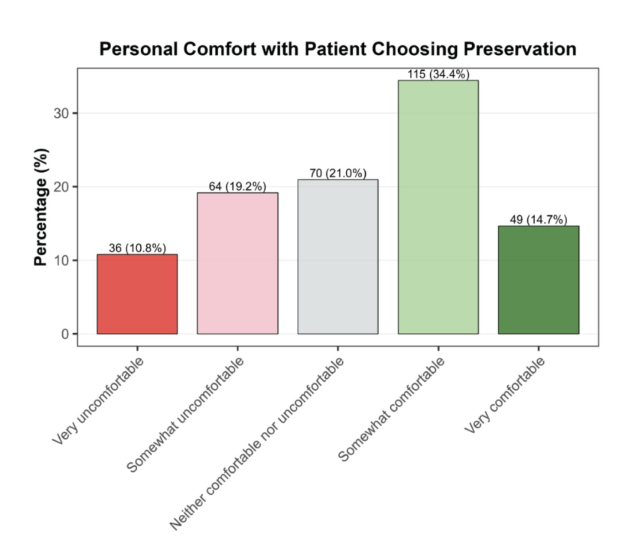
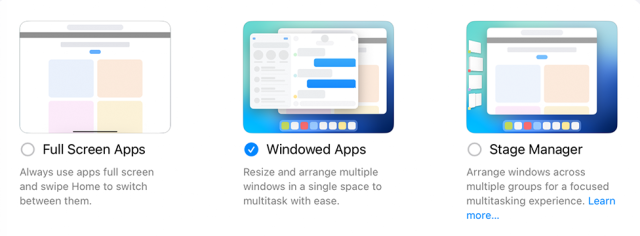

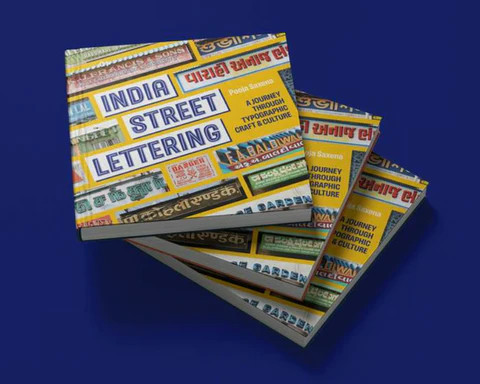
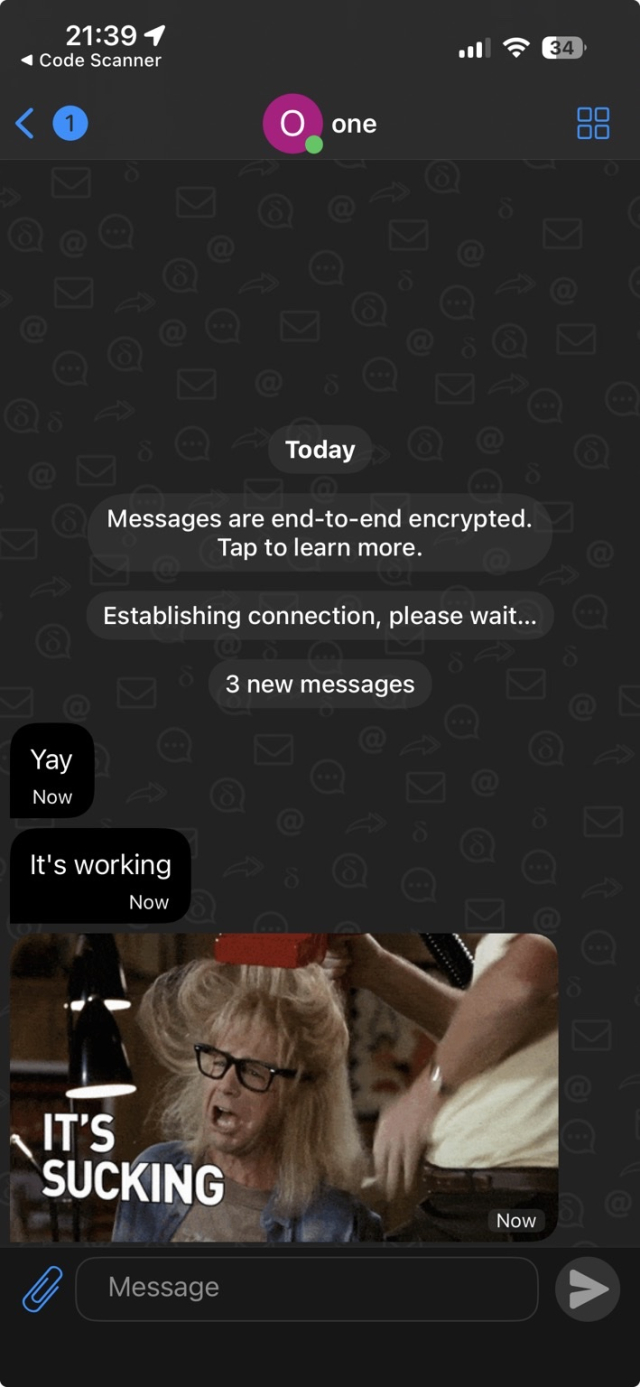
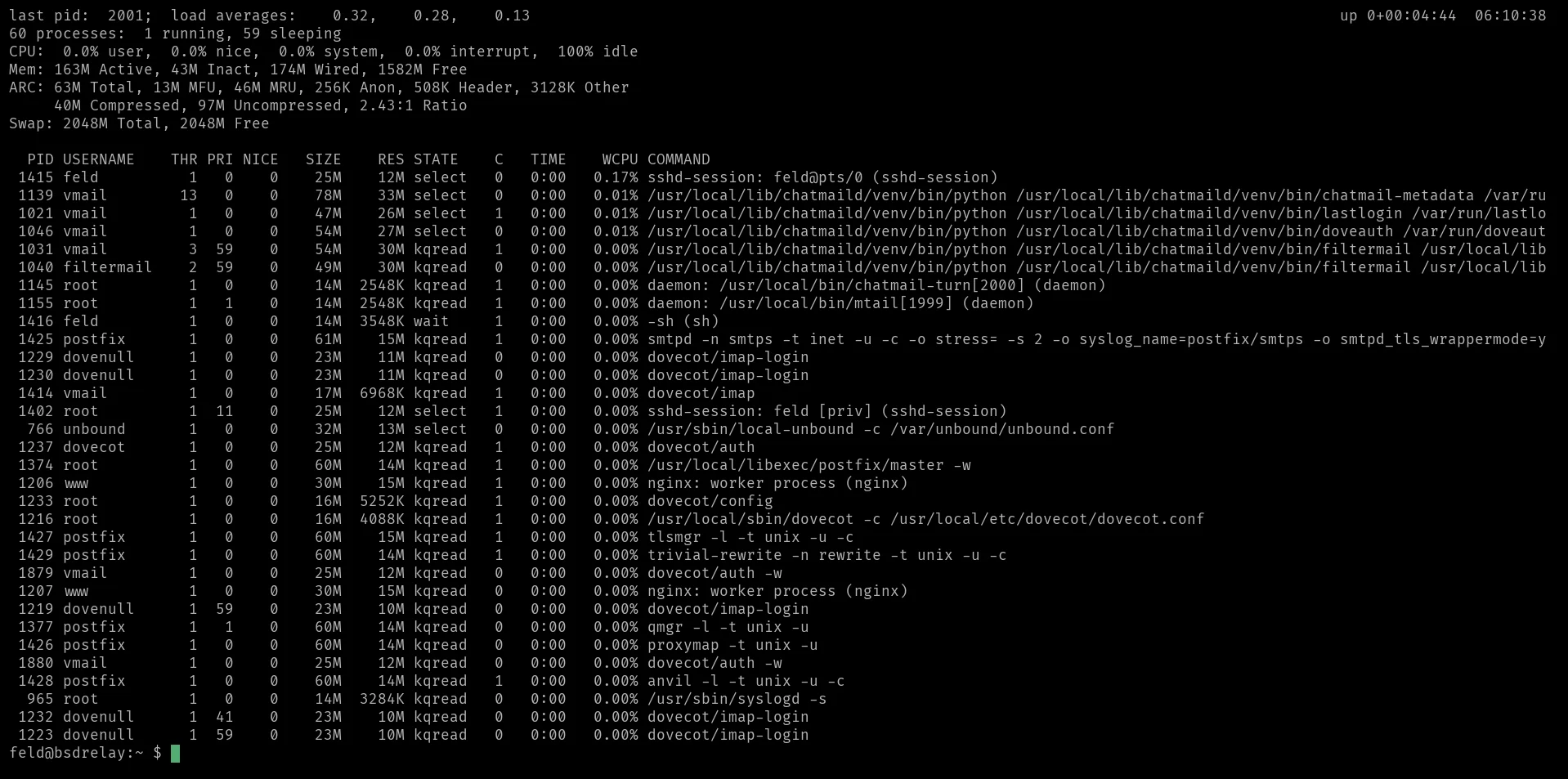
Scott
in reply to Mat B • • •